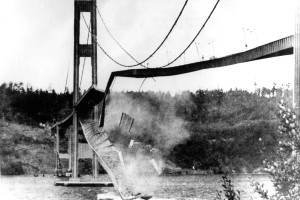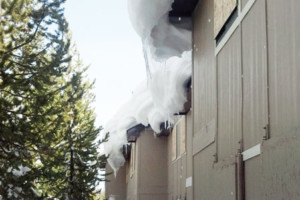A recent internet meme titled “Trust Me, I’m An Engineer” shows a photo of a severely-damaged concrete column. To remedy gaping vertically-oriented cracks, someone wrapped the column with kitchen-grade cellophane. The caption reads, “Don’t worry; we’re safe – I fixed it.” …
Review Category : Structural Forum
The First Three Rules of Construction
One thing savvy contractors have learned is that the first three rules of the construction phase of a project are document, document, and document.
Unfortunately, too many engineers do not adequately document construction activities. The problem with this is the old maxim, “If it is not in writing, it did not happen.” Though there is wisdom in this old maxim, it does not tell the engineer what to document or how to document. …
How Should the SER Respond?
Structural Engineers of Record (SER) should all be well trained by insurance providers and legal professionals to avoid the realm of means and methods of construction – that sometimes grey area where the contractor is responsible for temporarily supporting partially erected structural elements even though they may not fully understand the statics of force transfer, temporary construction loads, and effects of environmental loads that may occur. …
There are questions in life that become routine. Where do you live? How old are you? What do you do for a living?
There are also questions specifically directed to our profession. What is structural engineering? Does that mean you are an architect? What type of structures do you design? …
Historically, societies have placed a high value on professionals, trusting that those who possess the higher knowledge associated therewith will serve the interests of society with that knowledge. But now, perhaps due to political or economic pressures, we find society struggling to determine the value of having licensed, regulated professional engineers. …
Structural engineers understand the significant role ductility plays in the design of structural elements to resist earthquake forces. We recognize structural systems with higher ductility perform better than less ductile systems in an earthquake. The building codes characterize different lateral force resisting systems by their ability to yield, deform, and absorb energy under load. The ductility factor, or “R” factor, is critical in determining design loads and in understanding the response a structure may go through during ground shaking. …
I would like to discuss the idea of “big” structures and explore some interesting facts about these landmark structures that have defined the egocentric ambitions of countries, rulers, and people. …
For centuries, engineers have come up with great new ideas and leveraged them to build stronger, better, lighter, longer, taller, and more beautiful bridges.
Throughout history, some design and procedural innovations have gone wrong, leading to serious structural problems, failures, collapses, and even deaths. Many bridges that seemed like great ideas on the drawing board and in the planning process failed during construction or soon thereafter. This article examines engineering and design concepts, and construction procedures, that led to these problems. …
What is your firm’s greatest asset? Your client’s trust? Your firm’s branding? Or could it be the sum abilities of your staff? If staff ability even ranks in your top three, then developing staff and utilizing their talent effectively is crucial for success. A key way to do this is to empower them. …
The start of a career as a young engineer is a continual information overload. The facts to remember and considerations to take when making design decisions are overwhelming. Keeping up with tight deadlines leaves little extra time to spend understanding the process and building confidence in making decisions. Brand new engineers lack the basis to distinguish which design checks are necessary, which are extraneous, and how to be efficient in calculations and designs. …





